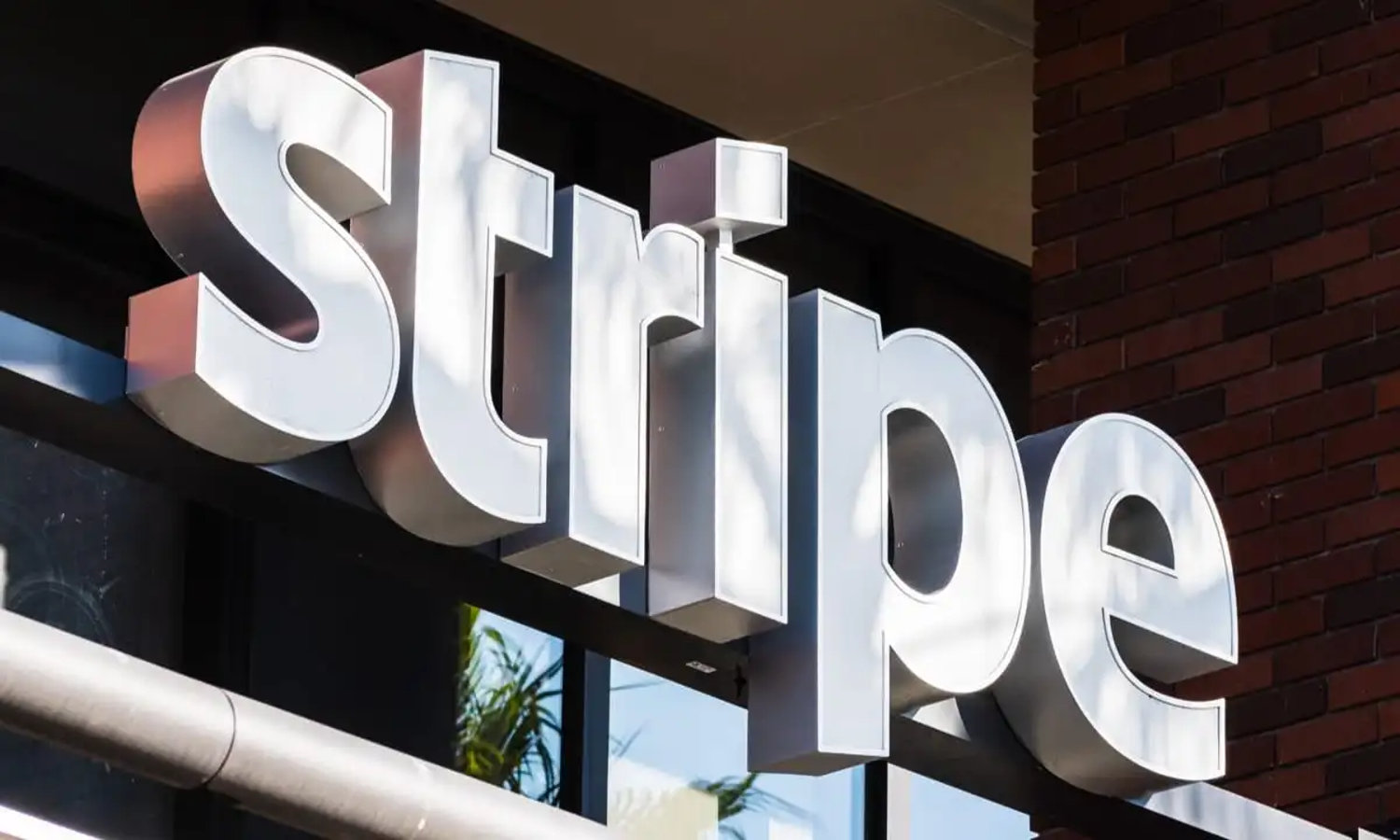Stripe's Security Alarms: Are Your Transactions Safe?
In today’s digital landscape, online payment security has never been more critical. Stripe, a well-known online payment processor, plays a major role in facilitating transactions for businesses around the world. As cybersecurity threats continue to grow, so do the security measures companies like Stripe put in place to protect user data and financial transactions. But with recent security alerts and updates from Stripe, many customers and businesses are asking: Just how safe are their transactions?
This article takes a closer look at Stripe’s security infrastructure, the recent alarms and updates, and what they mean for both businesses and consumers.
Stripe’s Approach to Security
From its inception, Stripe has focused heavily on creating a secure environment for transactions. They have implemented end-to-end encryption and tokenization to protect sensitive data, utilizing tools that make card details less accessible to potential hackers. Additionally, Stripe is PCI-DSS compliant, which is an industry-standard requirement for safeguarding credit card information.
Beyond PCI compliance, Stripe deploys an array of security tools, including fraud detection and prevention systems, to help identify and mitigate suspicious activities. Stripe Radar, for example, leverages machine learning to detect patterns that may indicate fraudulent transactions.
The Recent Alarms: What Prompted the Concern?
Stripe recently alerted users about new security features and adjustments in response to evolving cyber threats. This came after an analysis revealed increased attempts at data breaches, including:
Credential Stuffing: This involves hackers using stolen usernames and passwords from unrelated breaches to access accounts. Stripe noted a rise in this type of attack and responded by tightening login security and multi-factor authentication (MFA) policies.
Phishing Attacks: With email-based scams becoming more sophisticated, Stripe warned users about the uptick in phishing attempts that mimic their official communications. These fake emails often aim to trick users into giving up their Stripe credentials or sensitive information.
API Exploits: As many businesses rely on Stripe's APIs for payment processing, securing these integrations is essential. Stripe identified vulnerabilities that hackers could potentially exploit to gain unauthorized access to transaction data, leading them to enhance API security protocols.
What Stripe Is Doing to Protect Transactions
In response to these threats, Stripe has implemented several new safeguards:
Enhanced Multi-Factor Authentication (MFA): Stripe now requires MFA for more accounts to minimize unauthorized access. Even if a hacker obtains a password, MFA requires an additional verification step, making unauthorized logins more challenging.
Improved Fraud Detection: The updated Stripe Radar utilizes machine learning advancements to recognize complex patterns in real-time. This allows it to identify and prevent fraudulent activities more effectively, benefiting both businesses and their customers.
New Security Alerts and Monitoring: Stripe’s improved alert system notifies users of suspicious activities, such as logins from unfamiliar locations or devices. Businesses also have more control over permissions, making it easier to identify who is accessing what data within their Stripe accounts.
Hardened API Security: To address the risk of API exploitation, Stripe has introduced stricter verification processes for API requests and strengthened encryption standards for API communications. This reduces the chances of data interception by unauthorized parties.
Real-Time Incident Reporting: Stripe has enhanced its transparency by providing real-time incident reporting. Users can now stay informed about ongoing threats and any actions Stripe is taking, helping businesses respond to potential issues quickly.
How Businesses and Consumers Can Protect Their Transactions
While Stripe is working hard to keep transactions secure, users should also take precautions. Here are a few best practices:
Enable Multi-Factor Authentication (MFA): Businesses should enable MFA for all Stripe accounts, which provides an extra layer of protection.
Use Strong, Unique Passwords: Avoid reusing passwords across platforms, as this can leave your account vulnerable to credential stuffing. Consider using a password manager to generate and store complex passwords securely.
Stay Alert to Phishing Attempts: Always verify emails from Stripe and avoid clicking links or downloading attachments without checking the sender’s authenticity. Stripe will never ask for sensitive information via email.
Regularly Review Account Access: Businesses should frequently audit their Stripe accounts to monitor who has access to sensitive data and make necessary adjustments.
Monitor Transactions for Suspicious Activity: Set up alerts for unusual transaction behavior. The earlier you catch a suspicious transaction, the quicker you can take action.
Conclusion: Are Your Stripe Transactions Safe?
Stripe’s recent security updates highlight the company’s dedication to protecting users and staying ahead of cyber threats. While no system is entirely invulnerable, Stripe’s proactive measures significantly mitigate risks, ensuring that transactions are as safe as possible. However, achieving maximum security is a shared responsibility. Businesses and consumers who use Stripe must also adopt good security practices and remain vigilant against potential threats.
With Stripe continuously evolving its security protocols, users can feel confident in the platform’s commitment to safe transactions. By staying informed and adopting recommended security practices, both businesses and customers can help keep their financial data protected.
In an era where digital transactions are at the heart of the economy, it’s essential to stay informed and proactive about online payment security. By working with providers like Stripe and understanding the role we play in security, we can help keep the digital economy safe for everyone.

